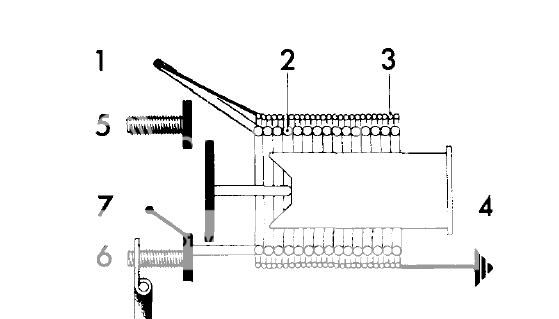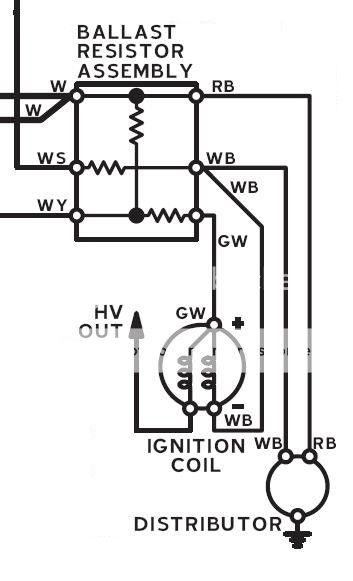I have a TR8 that's so massively unreliable I don't dare drive it. Virtually every time I do, it dies somewhere, won't restart, and ends up being towed home. I'm trying to trace the path of current flow during starting and normal running, and I'm having some trouble visualizing what's going on at the starter solenoid. 4 terminals, 1 straight to the battery, 1 to the starter, but what about the other 2? I'd like to see an internal schematic showing how the coils work, and I used to have it years ago, but that computer died and the file is unretrievable. I have an ASCII picture but I was hoping someone had something a bit clearer? This is all part of a big effort to uncover what's actually going on in my car, which had an under-hood fire years before I bought it that resulted in a lot of plain white wires being spliced into circuits, not to mention installation of an upgraded distributor and many wiring detail changes around the ballast resistor and coil. I'm having no end of fun trying to reconcile the wiring diagram that I see most often, and the one in the Service Manual - but it all starts with that solenoid, so any help would be great!
- Steve Richardson
St Louis MO
- Steve Richardson
St Louis MO

 Hi Guest!
Hi Guest!

 smilie in place of the real @
smilie in place of the real @
 Pretty Please - add it to our Events forum(s) and add to the calendar! >>
Pretty Please - add it to our Events forum(s) and add to the calendar! >> 

